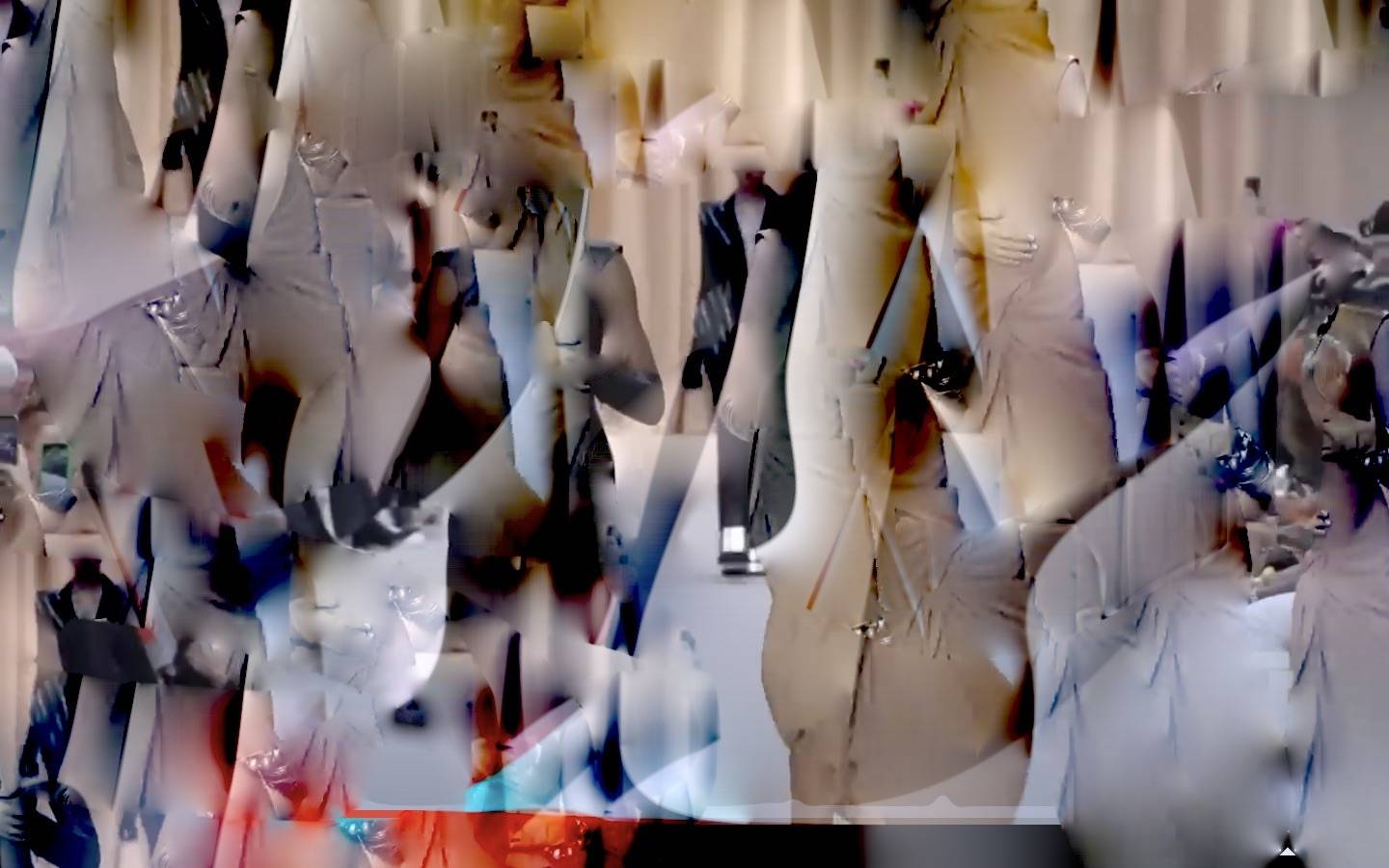To think critically; to care for each other in solidarity; to build community; to be sustainable and create a brighter future. From project descriptions and mission statements, to social media posts and open calls shared by cultural institutions, a number of shared values catches the eye. As artists and artworks commonly express anti-colonial, anti-sexist, anti-racist and anti-capitalist stances, one could get an impression of the art world as being composed of committed leftists, most of whom happily calling for radical change. Were it not for the dependence on state funding or the odd but necessary contact to a rich donor, we might even believe that the art world be able to reveal its face as a political force for either socialism, communism, or anarchism. Yet, for the time being, it enacts its convictions through vocal support for victims of international disasters and wars (Ukraine, Turkey/Syria earthquake, climate change, etc.), Black Lives Matter and trans rights in the form of fundraisers, solidarity compilations, activism etc.
However, it is precisely such overbearing political common sense that should alarm us. How can the often professed ideal of critical thought produce such unanimity in response to complex and naturally polarizing issues? One explanation would be to understand criticality within the arts as a mere signifier for conformity with the scene at large. In fact, there is an unspoken contradiction between the negativity of being critical, and the vague positivity of solidarity, care and community. More often than not, critical thought necessitates clear divisions and antagonisms which could threaten the art world’s peaceful coexistence as a subcultural bubble. It seems plausible that the buzzword critical is used to evoke a left-wing political aura of the arts, borrowing the term from critical theory and its overall importance on the left.
In a similar fashion, the terms community, care and solidarity, can be thought of as derived from the history of proletarian class struggle. But let us consider what function these values actually fulfill amongst cultural practitioners: For one, they act as a false remedy against the high amount of competition in the art world, obscuring its horrific distribution of resources, paid work and exposure. Of course, outsiders and losers in the art world do not placate such paradisiac inclusivity, for they know best that it doesn’t exist. Thereby signaling who is in and who is out, the values are inverted in their function: You do not praise our community? Then we have no place for you. Furthermore, these communal values rebrand the artists’ necessity of networking as a social and political aspiration. The ever-precarious networking in turn leaves little room for possibly provocative views. Usually the holy trinity of community, care and solidarity means mutual reposting and perhaps a contribution to each other’s fundraiser.
But beyond any critique of hypocrisy, it is necessary to question the substance of these values in today’s political landscape altogether. During the COVID-19 years, the official discourse of state and media was dominated by those exact words we find as commandments to being a morally good artist or cultural institution. Above all, solidarity has undergone a perverse change of meaning. A word previously reserved for often nostalgic leftist slogans went on to become a synonym for obeying the state’s dictate in subordination to its newly constituted community of vulnerable groups.
The antagonism that has emerged not only over the pandemic politics but also over other politics of harm reduction, is a complex split along the lines of class, political orientation, and forms of social conservatism or progressivism. The art scene, like significant parts of the “left”, has treated this split as a matter of moral values which ended up in the phantasmagoric opposition between harm-reducing progressives and harm-causing conservatives. From this perspective, lockdowns and the infringement on civil rights were seen to reduce the harm of the virus, just as censorship is a welcome tool to reduce disinformation and offensive speech, and economic policies further impoverishing the working-class can be accepted as a harm-reducing measure against global warming.
For many of today’s leftists and artists alike, the political horizon lies in the better inclusion of identity minorities and marginalized groups. But in our current world, inclusion means the integration into the capitalist economy with its political and cultural spheres. In that sense, inclusivity and harm-reduction mainly sustain the dominant order. Under contemporary circumstances, the subversive content of solidarity, community, care, healing and the like tends towards zero. Worse even, such terminology instills the false belief that the art scene can be just, egalitarian and free under a capitalism, which produces an economic reality of exploitation and poverty for most artists. As the values of the art world and the so-called liberal so-called left speak untruths about the living conditions of the masses of people, they disqualify themselves from any political relevance.
As rifts within the left over these issues are gradually coming to the fore, it will be interesting to see whether a different political conscience spreads amongst cultural workers as well. Rather than trying to resolve the systemic entanglement of art by preaching moral values, this shift would entail furthering works and positions outside the consensus. The political character of art has long been the topic of debate and will never be settled. But for all we know, art has the capacity to make us think in novel ways. Any meaningful politics of the arts must start with the uniqueness of its proposition which is not at all equal to the identity of its artist. In that sense, we could build a community of critics instead of an order of false saints.

